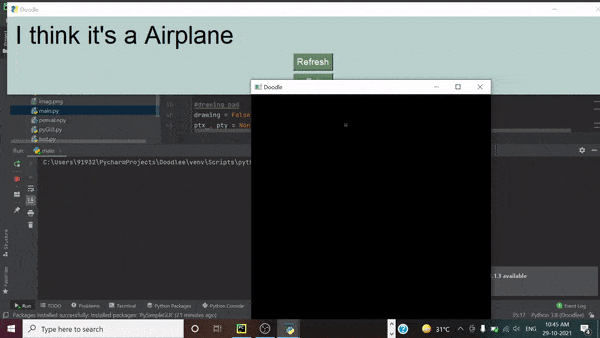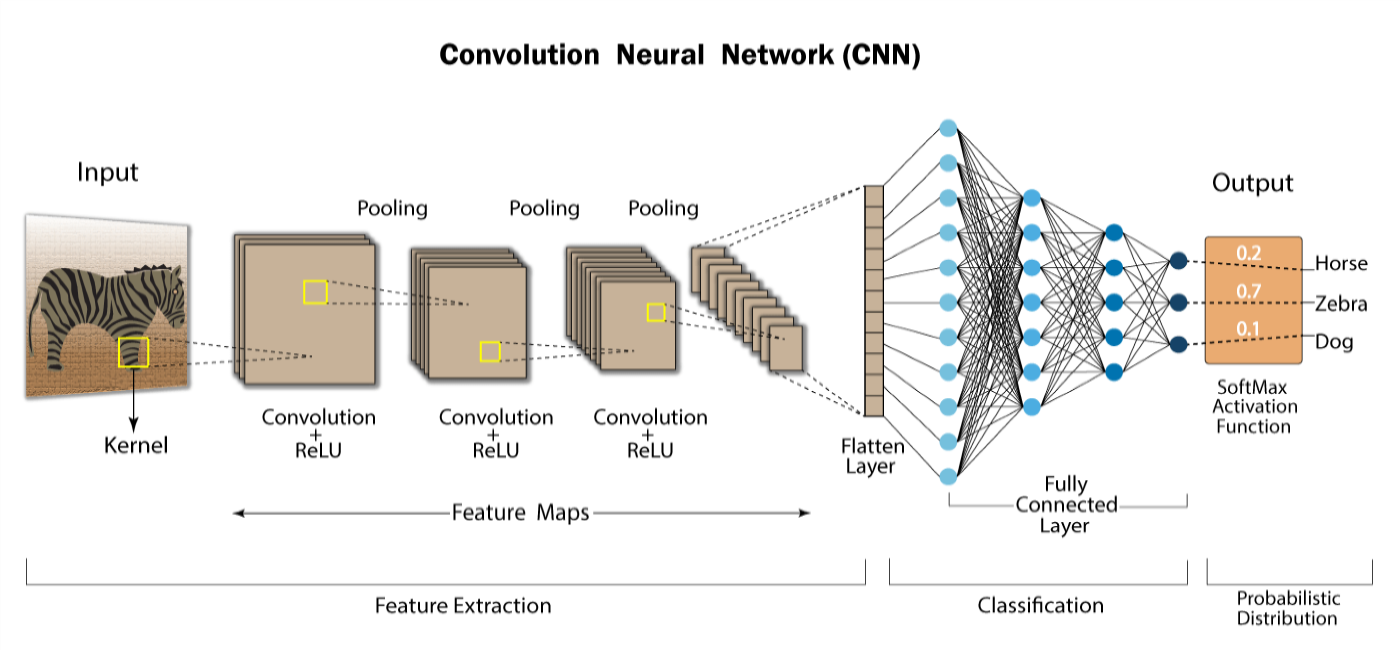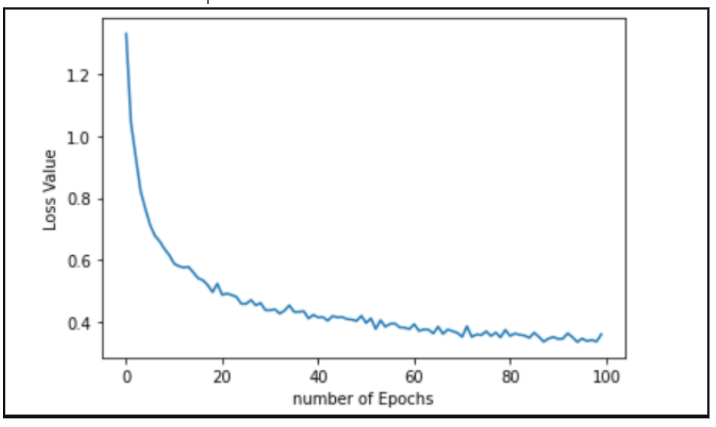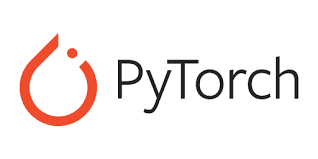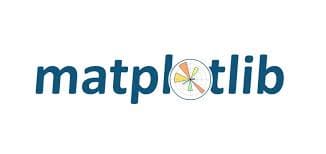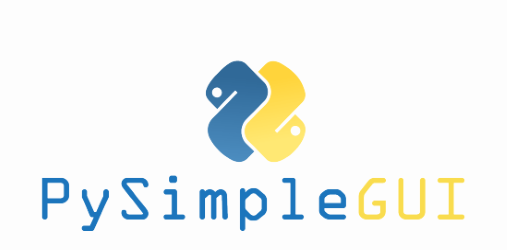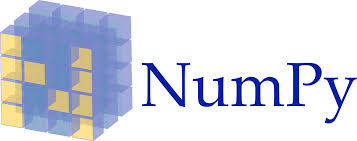Overview
The Doodle classifier is based on a Convolutional Neural Network which classifies the doodle input given by the user in 20 different classes.
Abstract:
|
Approach:
- The preliminary stage involved studying and learning the basics of Machine Learning and Deep Learning algorithms.
- For the better understanding of the topic, we first developed a Digit Classifier from scratch using the MNIST dataset using Numpy library.
- All the functions were build from scratch for the Forward as well as Backward propagation.
- The CNN model is build with the help of PyTorch library for the convolution of image with filters along with maxpooling.
- After multiple convolutional layers, the input representation is flattened into a feature vector and passed through a dense neural network for the output. A Drawing Pad is created using OpenCv for getting input from the user.
- PySimpleGUI is used for implementing GUI.
|
Model Architecture :
Convolutional Connected Layers:
Fully Connected Layer:
|
Hyperparameters:
|
Result
|
Team Members:
|
Team Mentors:
|

